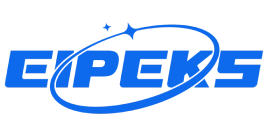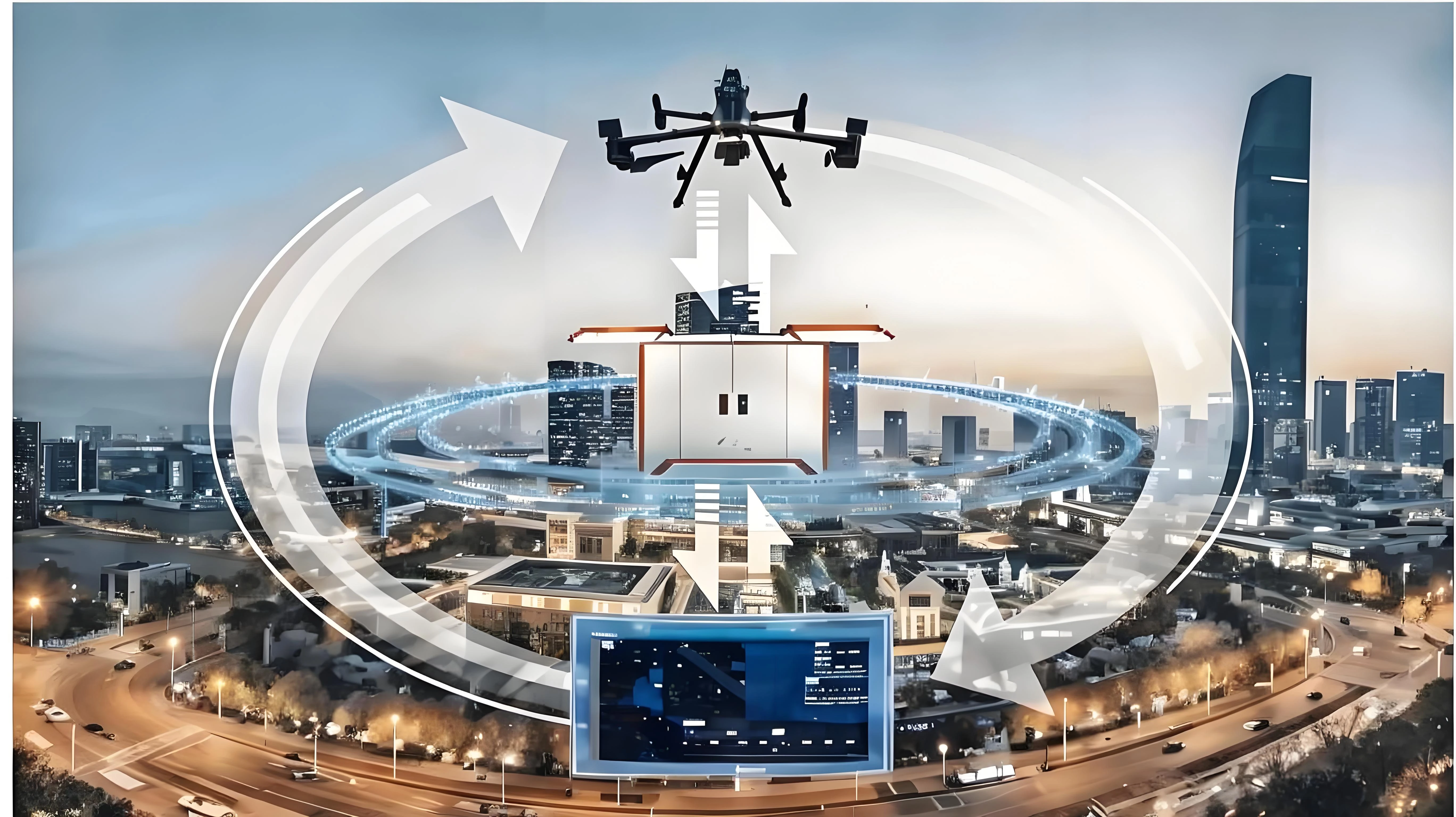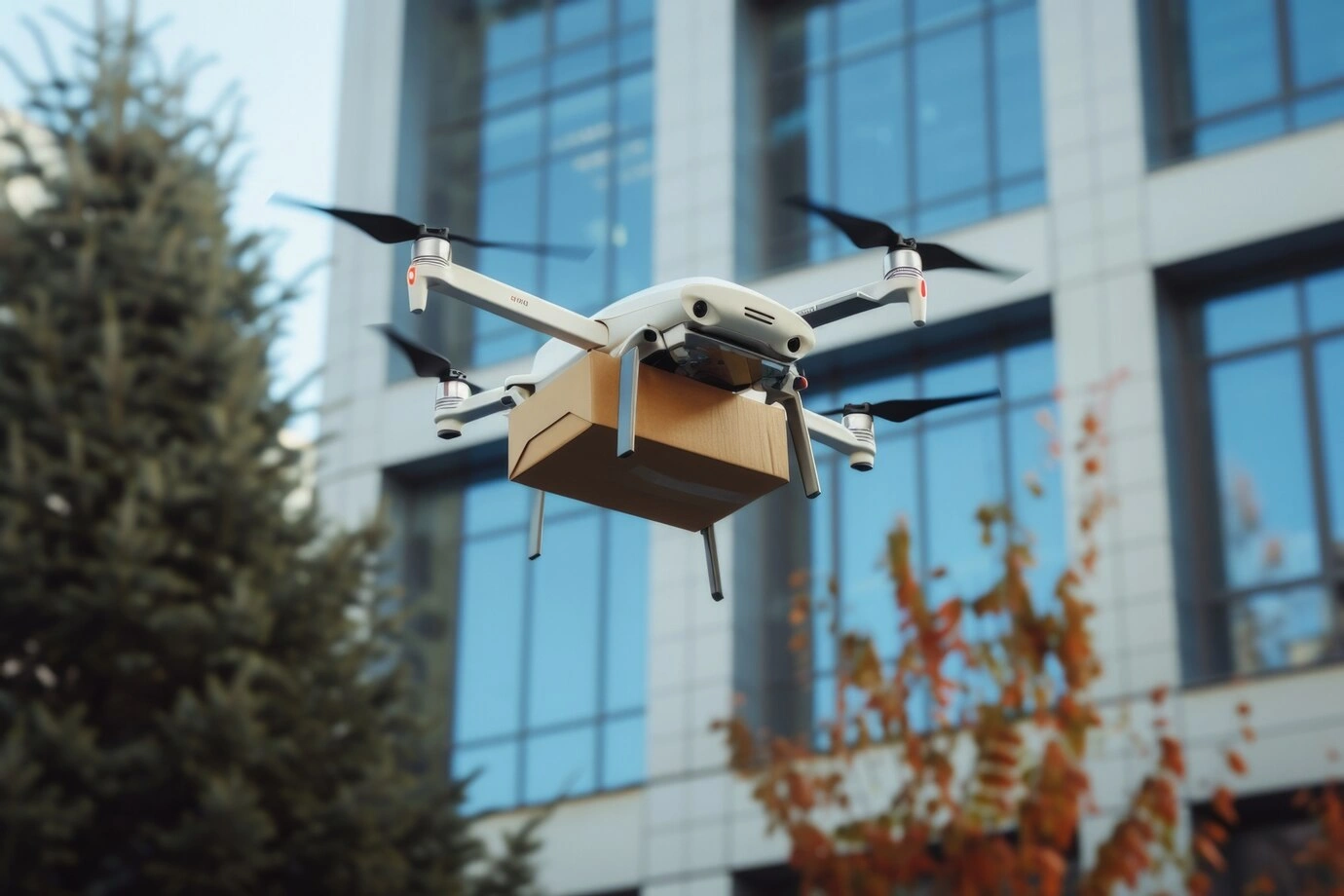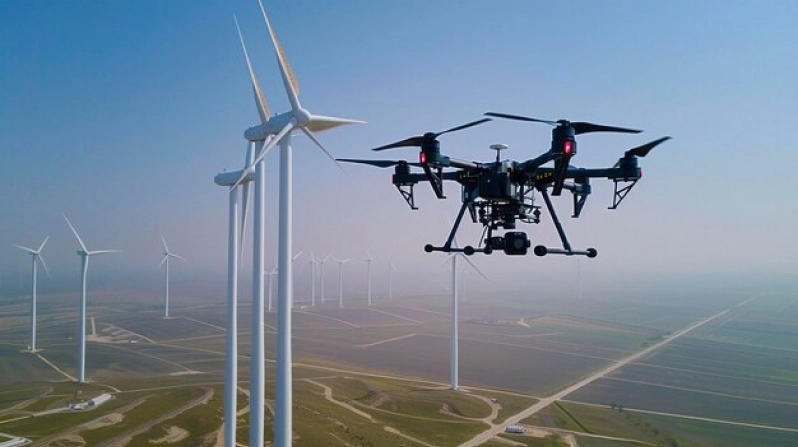In today’s hyper-connected world, the Internet of Things (IoT) has emerged as a groundbreaking technology, transforming how we interact with devices and data. As IoT continues to grow exponentially, designing IoT products that seamlessly integrate into our daily lives becomes increasingly critical. In this comprehensive guide, we’ll delve into the intricacies of IoT product design, exploring key principles, best practices, and emerging trends.
What is IoT Product Design?
IoT product design refers to the process of creating devices that can connect to the internet and communicate with other devices, systems, and users. These products are designed to gather, analyze, and share data, enhancing functionality and user experience. IoT products range from smart thermostats and wearable fitness trackers to industrial sensors and connected healthcare devices.
Key Principles of IoT Product Design
To create successful IoT products, designers must adhere to several core principles:
1. User-Centric Design
At the heart of any successful IoT product is a deep understanding of the end user’s needs and preferences. User-centric design ensures that the product is intuitive, easy to use, and provides tangible benefits. Conducting user research, developing personas, and creating user journey maps are essential steps in this process.
2. Seamless Connectivity
Seamless connectivity is a cornerstone of IoT product design. Products must be capable of connecting to the internet, other devices, and cloud platforms without interruptions. Ensuring reliable connectivity involves selecting the right communication protocols (e.g., Wi-Fi, Bluetooth, Zigbee) and optimizing for network stability.
3. Data Security and Privacy
With the increasing amount of data being collected and transmitted by IoT devices, ensuring data security and privacy is paramount. Designers must implement robust encryption methods, secure data storage, and establish clear privacy policies to protect user information and build trust.
4. Scalability
IoT products should be designed with scalability in mind. As the number of connected devices grows, the product must be able to handle increased data loads and maintain performance. Scalable design involves using modular components, cloud-based infrastructure, and flexible software architectures.
5. Energy Efficiency
Many IoT devices operate on batteries, making energy efficiency a critical consideration. Designers should focus on optimizing power consumption through efficient hardware components, low-power communication protocols, and intelligent power management algorithms.
Best Practices for IoT Product Design
To create innovative and practical IoT products, consider the following best practices:
1. Prioritize Interoperability
Interoperability ensures that IoT devices can communicate and work seamlessly with other devices and platforms. Choosing widely-adopted standards and protocols, such as MQTT or CoAP, and designing for compatibility with popular ecosystems (e.g., Apple HomeKit, Google Assistant) can enhance interoperability.
2. Focus on Minimal Viable Product (MVP)
Developing an MVP allows designers to test core functionalities and gather user feedback early in the development process. This iterative approach helps identify potential issues, refine features, and validate the product concept before investing in full-scale production.
3. Invest in Prototyping
Prototyping plays a crucial role in IoT product design. Creating physical and digital prototypes enables designers to test interactions, connectivity, and usability in real-world scenarios. Rapid prototyping tools and platforms, such as Arduino and Raspberry Pi, can accelerate the development process.
4. Embrace Edge Computing
Edge computing involves processing data closer to the source (i.e., the IoT device) rather than in centralized cloud servers. This approach reduces latency, improves response times, and enhances data privacy. Designing IoT products with edge computing capabilities can significantly enhance performance and user experience.
5. Ensure Robust Testing
Thorough testing is essential to ensure the reliability and functionality of IoT products. Testing should encompass various scenarios, including connectivity, security, performance, and user interactions. Automated testing frameworks and simulation tools can streamline the testing process.
Emerging Trends in IoT Product Design
As the IoT landscape evolves, several emerging trends are shaping the future of IoT product design:
1. AI and Machine Learning Integration
Integrating artificial intelligence (AI) and machine learning (ML) into IoT products can unlock new levels of intelligence and automation. AI-powered IoT devices can analyze data patterns, predict maintenance needs, and enable more personalized user experiences.
2. 5G Connectivity
The rollout of 5G networks promises faster data speeds, lower latency, and improved reliability for IoT devices. Designers can leverage 5G connectivity to create more responsive and data-intensive applications, such as real-time video streaming and augmented reality.
3. Sustainable Design
Sustainability is becoming a key consideration in IoT product design. Designers are exploring eco-friendly materials, energy-efficient components, and sustainable manufacturing processes to reduce the environmental impact of IoT devices.
4. Human-Centric AI
Human-centric AI focuses on creating AI systems that understand and respond to human emotions, behaviors, and contexts. Integrating human-centric AI into IoT products can enhance user engagement and create more intuitive interactions.
5. Blockchain for Security
Blockchain technology offers a decentralized and tamper-proof method for securing IoT data. Implementing blockchain in IoT product design can enhance data integrity, prevent unauthorized access, and enable secure transactions between devices.
Conclusion
IoT product design is a multidisciplinary field that requires a deep understanding of user needs, technological capabilities, and industry trends. By adhering to core principles, following best practices, and embracing emerging trends, designers can create innovative and practical IoT products that enhance our connected lives.
As you embark on your IoT product design journey, remember that continuous learning and iteration are key to success. Stay informed about the latest advancements, seek user feedback, and remain adaptable to evolving market demands. With the right approach, your IoT product can make a lasting impact in the ever-expanding world of connected devices.




